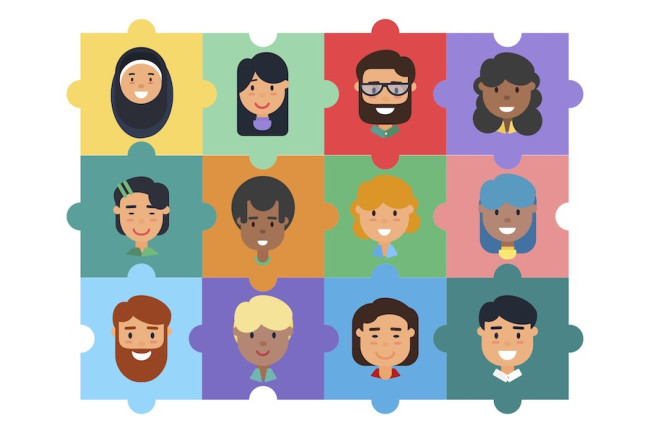The Rooney Rule is a National Football League policy that requires league teams to interview ethnic-minority candidates for head coaching and senior football operation jobs. The Rooney Rule was established in 2003, and variations of the rule are now actively used in several other industries, including over 100 public companies in the United States.
While the Rooney Rule is a well-intentioned start at getting diverse candidates in the door for an interview, research has shown that it falls short of truly moving the needle toward a more diverse organization beyond entry levels in most industries. Organizations using the Rooney Rule are often unaware of the narrow impact a single diverse candidate has on the actual hiring process. For example, if a single diverse candidate is one of four finalists for a job position, they have nearly no chance of getting an offer because they become an outlier, which is inherently a riskier hire. However, the same research suggests the chance increases to 50% when there are two diverse candidates in the finalist pool.
Additionally, companies need to be careful that they are not sacrificing quality in order to manufacture diverse candidate pools. Interviewing unqualified candidates to ensure you are following the Rooney Rule will not increase an organization’s diversity and inclusion and will only further perpetuate the myth that diversity hiring programs are symbolic vs. concrete and strategic. One Model can help companies take what we know about the shortcomings of the Rooney Rule and partner in creating meaningful, deliberate diversity slates.
Exploring the use of the Rooney Rule in Human Resources
The Rooney Rule has been adapted into a talent acquisition strategy called diversity slate hiring. This strategy encourages recruiters to look longer, harder, and smarter for more and higher quality diversity slate candidates in the talent pool, particularly those with diverse backgrounds, experiences, and identities.
With One Model, enterprises can track their requisition status to benchmark the percentage of diversity slate candidates over time, per open position, by function and grade level, and more.
For Example, Company X utilizes a diversity of slate to ensure it has at least 25-50% gender-diverse candidates and 10-25% ethnically diverse candidates interviewing for a position (depending on local and national diverse candidate pool availability in addition to other internal factors) before making a hire when external situations allow. Tracking its open positions, this company found that only 65% had an ethnically diverse candidate interview for the position. This data allows the company to monitor this percentage, make actionable changes, and ensure its hiring managers enact their diverse slate hiring guidelines to benchmark its diversity goals in 2023 and beyond.
Bringing Diversity to Your Interview Panels
Tracking diversity in the workplace does not just refer to the diversity slate candidates interviewed for an open position; it also includes the actual diversity of the interviewer.
According to recent research by Zippia, out of the 83,233 interviewers currently employed in the U.S., the most common ethnicity is White (55.6%), followed by Hispanic or Latino (22.8%), Black or African American (14.2%) and Asian (4.5%).
Bringing diversity to your interview panels is immensely beneficial as it helps you avoid hiring based on shared biases as well as assess diversity slate candidates in a more thorough manner.
For Company X, a single One Model storyboard could show that while 74.0% of minorities were brought in to interview for an open position, only 10% met with a minority interviewer in that process. Company X is using the dashboard to track and benchmark its progress for increasing its interviewer panel diversity, in addition to diversity slate candidates. This analysis is especially effective in increasing diverse applicants because new research has found that the applications of candidates from underrepresented backgrounds — which the researchers defined as Black, Latinx, Pacific Islander, Alaskan Native and Native American candidates — went up by 118% when the search chair was also from an underrepresented background.
Would you like to see these dashboards in action? Schedule a demo.


